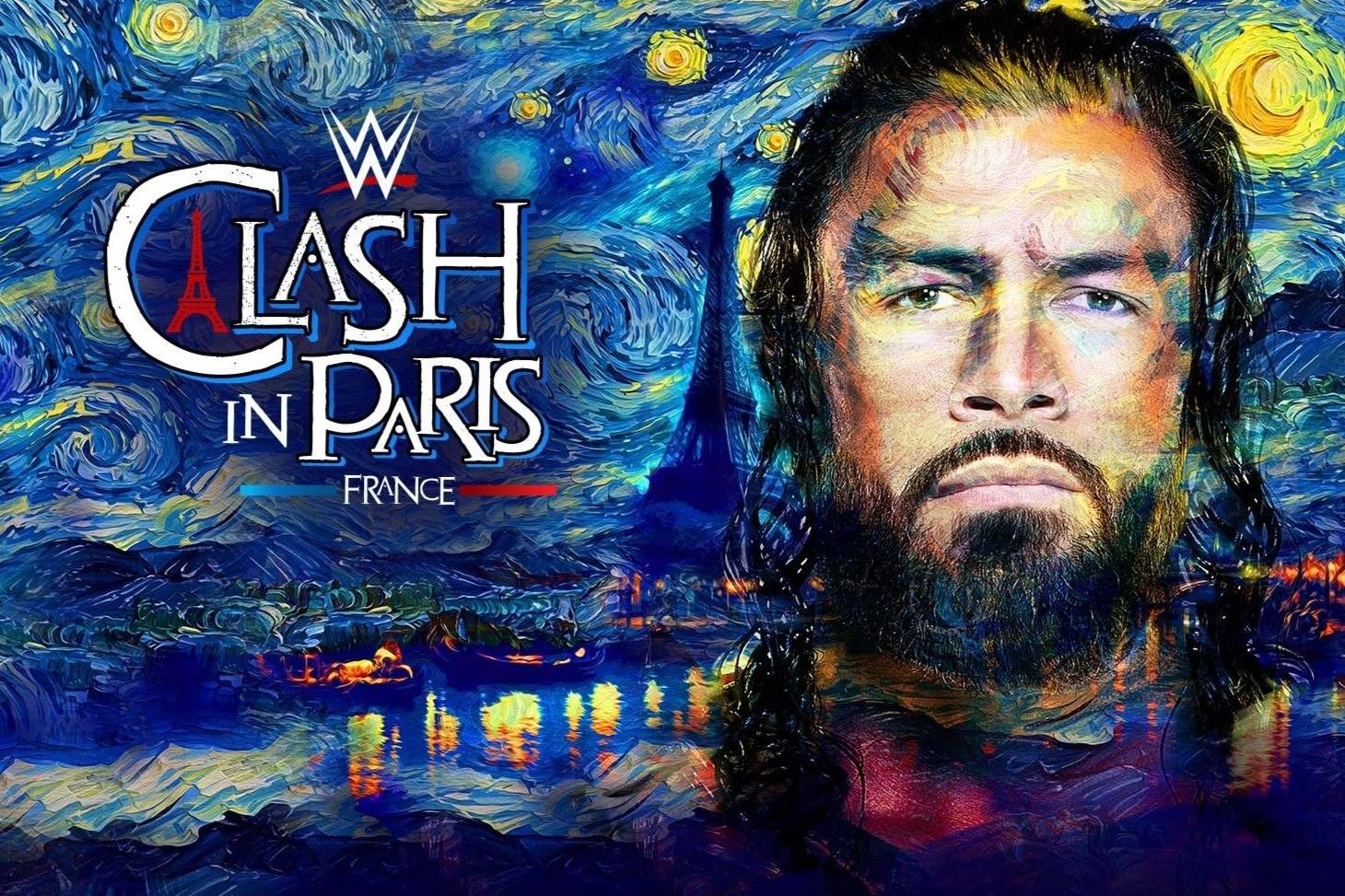
What caused the clash in Paris? The clash in Paris erupted due to a combination of social, political, and economic tensions. Protests began when the government announced controversial reforms, sparking outrage among various groups. Economic inequality and high unemployment rates added fuel to the fire, leading to widespread discontent. Political decisions perceived as favoring the elite over the common people further aggravated the situation. Social media played a significant role in organizing and mobilizing protesters, making it easier for large crowds to gather quickly. Police response to the demonstrations often escalated the violence, creating a cycle of confrontation. Understanding these factors helps explain why the situation in Paris became so volatile.
The Clash in Paris: A Historical Overview
The Clash in Paris, often referred to as the May 1968 protests, was a pivotal moment in French history. This period saw massive demonstrations, strikes, and a general upheaval that left a lasting impact on French society. Here are some fascinating facts about this significant event.
-
Student Protests Sparked the Movement
The initial spark for the May 1968 protests came from students at the University of Paris. They were protesting against overcrowded universities, outdated facilities, and rigid administrative policies. -
Workers Joined the Protests
What began as a student movement quickly gained momentum when workers across France joined in. Over 10 million workers went on strike, bringing the country to a standstill. -
The Largest General Strike in French History
The May 1968 protests led to the largest general strike in French history. Factories, transportation, and even the postal service were affected, showcasing the widespread discontent.
Key Figures and Events
Several key figures and events played crucial roles in the Clash in Paris. Understanding these elements provides deeper insight into the movement.
-
Daniel Cohn-Bendit: A Student Leader
Daniel Cohn-Bendit, a charismatic student leader, became the face of the movement. His speeches and actions galvanized many young people to join the protests. -
Occupation of the Sorbonne
Students occupied the Sorbonne University, turning it into a hub for organizing and planning. This occupation symbolized the students' defiance against the establishment. -
The Night of the Barricades
On May 10, 1968, known as the "Night of the Barricades," students erected barricades in the Latin Quarter. Violent clashes with the police ensued, marking a turning point in the protests.
Government Response and Impact
The government's response to the protests and the subsequent impact on French society were significant. These actions and reactions shaped the course of the movement.
-
President Charles de Gaulle's Reaction
President Charles de Gaulle initially underestimated the protests. However, as the movement grew, he fled to a French military base in Germany, fearing a potential coup. -
Grenelle Agreements
To quell the unrest, the government negotiated the Grenelle Agreements with labor unions. These agreements resulted in significant wage increases and improved working conditions. -
Cultural and Social Changes
The May 1968 protests led to profound cultural and social changes in France. It challenged traditional norms, leading to greater freedom of expression and more progressive attitudes.
Legacy of the Clash in Paris
The legacy of the Clash in Paris continues to influence French society and politics. The movement's impact can still be felt today.
- Inspiration for Future Movements
The events of May 1968 inspired future social and political movements in France and around the world. It demonstrated the power of collective action and the potential for change.
The Final Word on the Clash in Paris
The Clash in Paris was a pivotal moment in history. It wasn't just a battle; it was a turning point that shaped the future of Europe. The conflict highlighted the tensions between nations and the struggles for power and territory. The aftermath saw significant changes in political alliances and territorial boundaries. Understanding these events helps us appreciate the complexities of historical conflicts and their lasting impacts. The Clash in Paris serves as a reminder of the importance of diplomacy and negotiation in resolving disputes. By studying this historical event, we gain insights into the dynamics of warfare and peace. This knowledge is crucial for preventing future conflicts and promoting global harmony. So, next time you think about history, remember the lessons from the Clash in Paris and how they continue to resonate today.
Was this page helpful?
Our commitment to delivering trustworthy and engaging content is at the heart of what we do. Each fact on our site is contributed by real users like you, bringing a wealth of diverse insights and information. To ensure the highest standards of accuracy and reliability, our dedicated editors meticulously review each submission. This process guarantees that the facts we share are not only fascinating but also credible. Trust in our commitment to quality and authenticity as you explore and learn with us.
